A Homeowners Guide to Winter Storm Recovery
The picturesque scenes of a snow-covered landscape can be enchanting, but the aftermath of a winter storm often reveals a far less appealing reality for homeowners and property managers. Snow accumulation, freezing rain, ice dams, and the sheer weight of winter weather can lead to a variety of issues, from structural concerns to compromised safety. This guide aims to assist you in navigating the recovery process after a severe winter storm. From evaluating damage to ensuring safety, and from cleanup tips to essential repairs, we’ve got you covered.
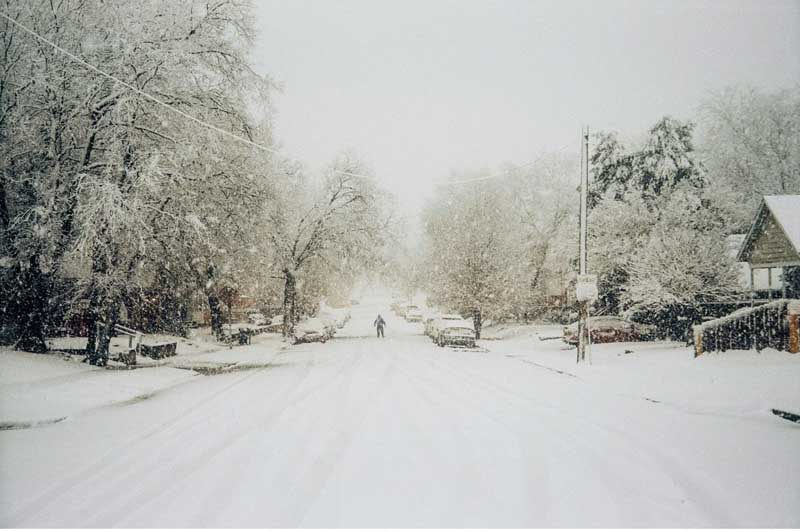
Safely Assessing the Damage
As the storm clouds clear, the first crucial step is to assess the extent of any damage that may have occurred. Winter storms can take a toll on the structural integrity of your property and drastically affect the safety of anyone on said property, if not dealt with promptly. However, assessing the damage is a task easier said than done, and can be quite a dangerous task, so proceeding with caution is necessary.
- Structural Damage: Start by examining your property’s structural integrity. Look for visible cracks or damage to the foundation, walls, and roof. Check for signs of sagging or bowing and assess external structures like chimneys and gutter systems. If any issues arise, contact professionals promptly to assess and make necessary repairs.
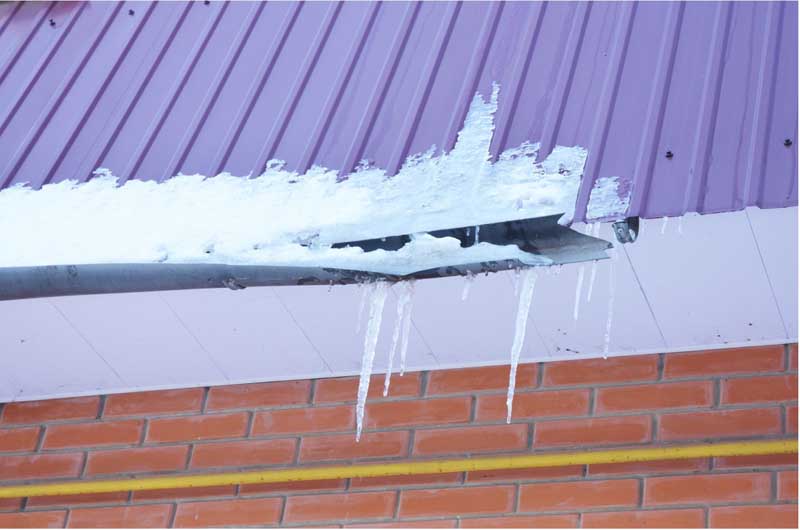
- Downed Power Lines: Always assume downed power lines are live. Never touch or drive over them; instead, promptly call 911 to report their presence. If possible, stay indoors until the lines has been dealt with.
- Water Damage: Inspect for water damage, including stains, mold, or mildew and address any standing water or dampness in basements or crawl spaces. Leaks in roofs or windows should be promptly repaired to prevent further damage and mold growth.
- Electrical Systems: Examine your electrical system for visible damage such as frayed wires or damaged outlets. Also look out for signs like flickering lights or power outages since these events can indicate a bigger electrical issue at hand. Electrical damage, if present, requires immediate attention from a professional electrician.
- Carbon Monoxide Poisoning: Sadly, within the US, more carbon monoxide exposures and poisonings occurring during the fall and winter months . Ensure vents and flues are clear of ice, debris or any other type of blockage that may occur during a severe storm. Do not use any wood or gas burning appliances until you have verified that the ventilation is in proper working order. And never use a generator or camp stove inside your property’s premises, even if you’ve lost power and are need of heat, the risks of CO2 poisoning far out ways the benefits of having toasty toes.
Adhering to these safety guidelines can prevent injuries as you conduct an evaluation of your home or property after a particularly nasty winter storm has blown through. Of course, if it is unsafe for you to leave your home, stay put until things clear up and if you’re unsure about handling a hazard – consult the professionals for assessment and repairs.
Cleaning Up
After a winter storm, a thorough cleanup is key to restoring your property to its pre-storm glory.
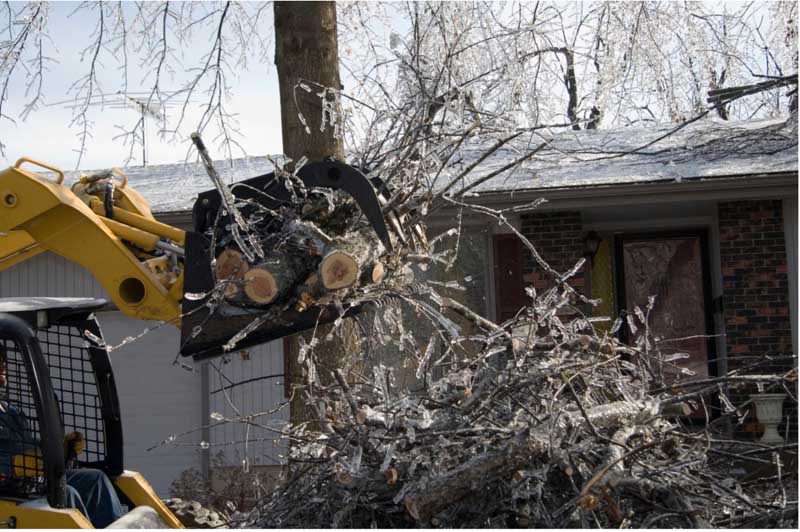
- Removing Debris: Initiate cleanup by removing any fallen branches, leaves, and other debris. Gather and dispose of the debris – you may want to consider professional assistance if you find yourself needing to remove a large amount of storm-related wreckage.
- Drying Out the Property: Dry out your property by increasing ventilation through open windows and doors. Utilize fans or dehumidifiers to remove dampness, this is especially important in spaces that may have been exposed to winter conditions like your garage or basement. If you find standing water on your property, keep an eye on it. The water will more than likely dissipate naturally but, to speed the drying process, using a dethatching rake or an aerator tool will get the job done. However, if the stubborn puddle refuses to dry, it may be an indication of a large problem like a busted pipe.
- Cleaning Surfaces: Wash hard surfaces with hot water and household detergent. Disinfect using a bleach-based sanitizer and do a final rinse for good measure. For particularly tough spots like water stains or to ensure you avoid issues like concrete efflorescence, you may want to consider a pressure or soft washing treatment.
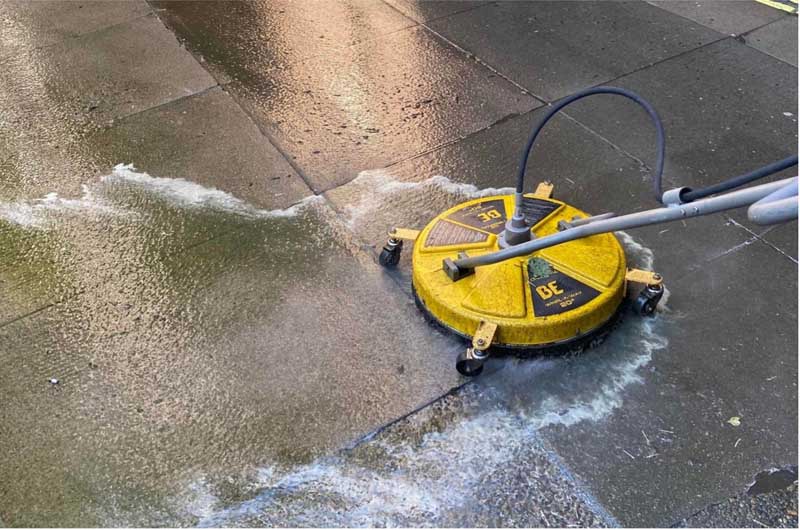
Cleanup after a winter storm can pose its own set of dangers, and if unsure about safety, it’s best to wait until your surrounding thaw and to contact professional services for assistance.
Repairs and Maintenance
After the storm’s chaos, the next crucial step is to make necessary repairs and perform maintenance to prevent further damage.
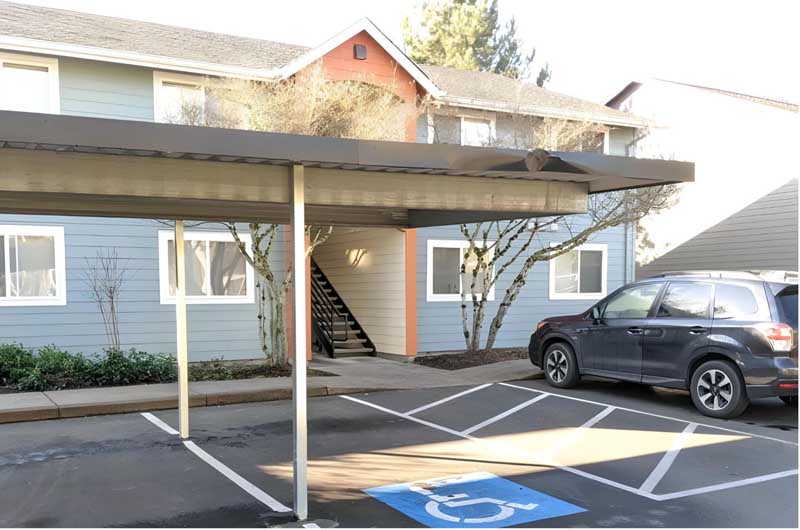
- Structural Damage: For visible cracks or damage, contact professionals promptly. Structural damage caused by heavy snow or ice buildup should be addressed swiftly to prevent worsening.
- Window Restoration and Sealing: Extreme drops in temperature and harsh winter conditions can have a negative effect on your home’s windows. If you notice brisk drafts near one or several of your windows, it may be time for a window restoration or sealing service – to ensure that they are ready for the next frosty storm.
- Gutters and Metal Car Ports: Inspect and repair damaged gutters or metal car ports to prevent water damage. Typically, this is not a task to be handled on your own. Instead, contact a trusted property maintenance company that offers expert repair services to mend any damage that may have occurred during the store.
- Ice Dam Removal: Swiftly remove ice dams from your roof to prevent water damage and leaks. Like with gutter and car port repair – trust a seasoned professional who specializes in efficient ice dam removal to complete this job.
- Preventative Steps: Take preventative measures for future storms, including gutter cleaning, roof moss removal, concrete sealing, and installing storm shutters to lessen future damage.
Once the thaw arrives, consider power or soft washing to eliminate chemical and deicer residue. These methods, offered by Snugs Services, can restore your property by removing residual winter elements.
After the Storm Clouds Clear
Recovering from a winter storm demands a systematic and comprehensive approach. From assessing the initial damage to cleanup, repairs, and future prevention, each step plays a crucial role in ensuring the longevity, safety, and aesthetic appeal of your property. Snugs Services stands as your partner in this recovery journey. By choosing professional services, you not only expedite the restoration of your property but also contribute to its resilience against future storms. As winter storms test the strength of our homes and properties, effective recovery becomes the beacon that guides us back to normalcy.
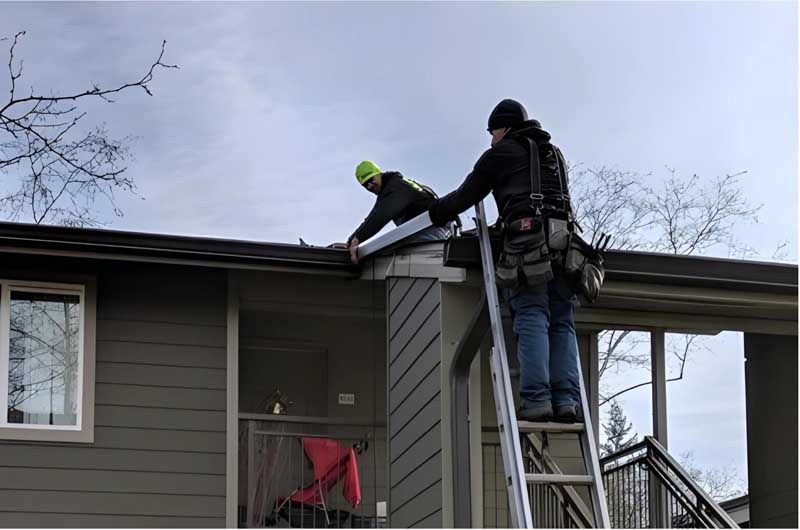
Snugs Pro Wash, Inc, dba SNUGS Services, has been providing high quality Pressure Washing Services in Portland, OR since 1995. Started as a residential pressure washing and roof cleaning service, SNUGS is now one of the leading exterior cleaning companies in the Northwest. From our humble beginnings as a man with a truck and a trailer we have grown to become a multi-million dollar company serving corporate customers, name brands, and mom and pop companies alike.